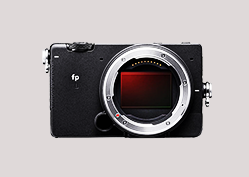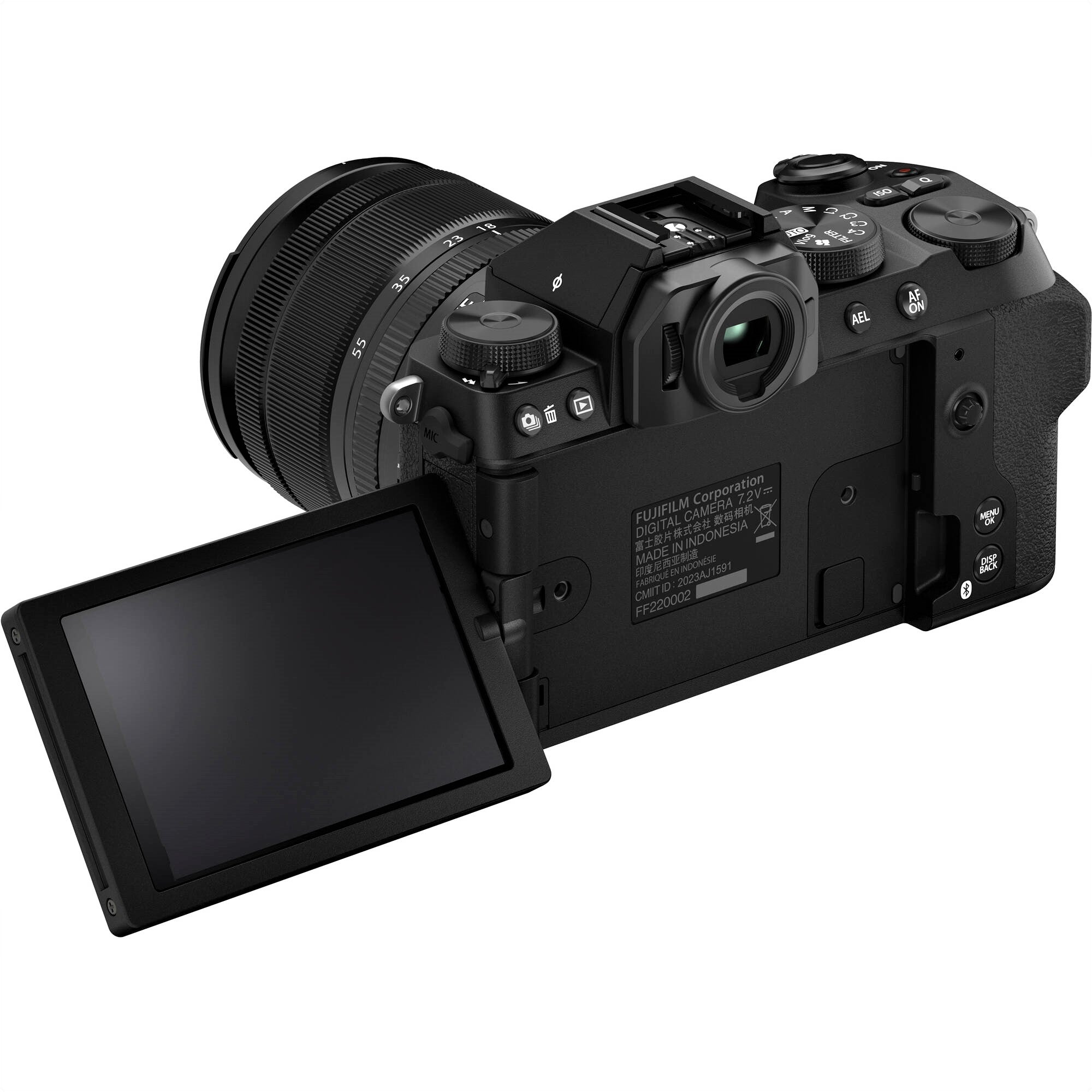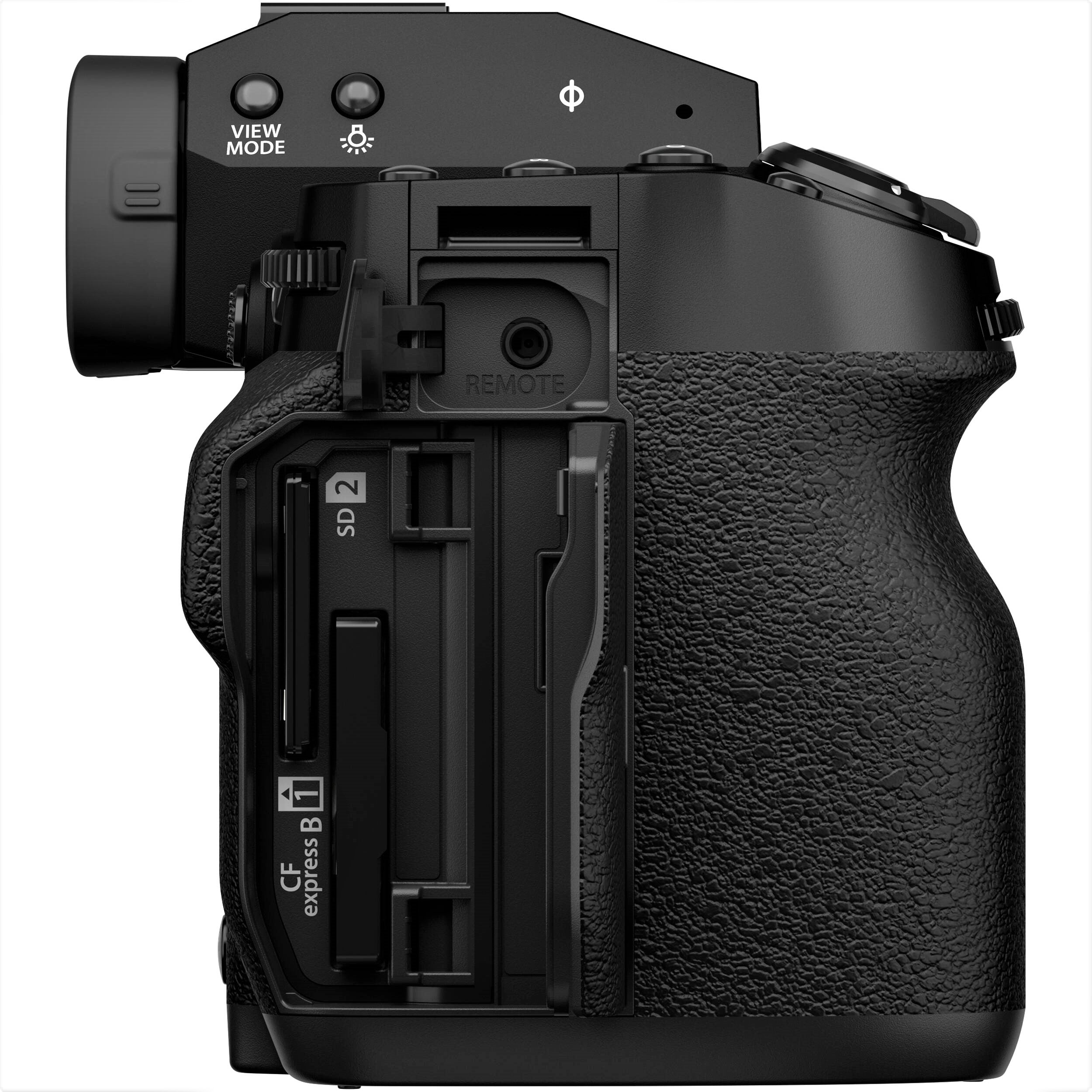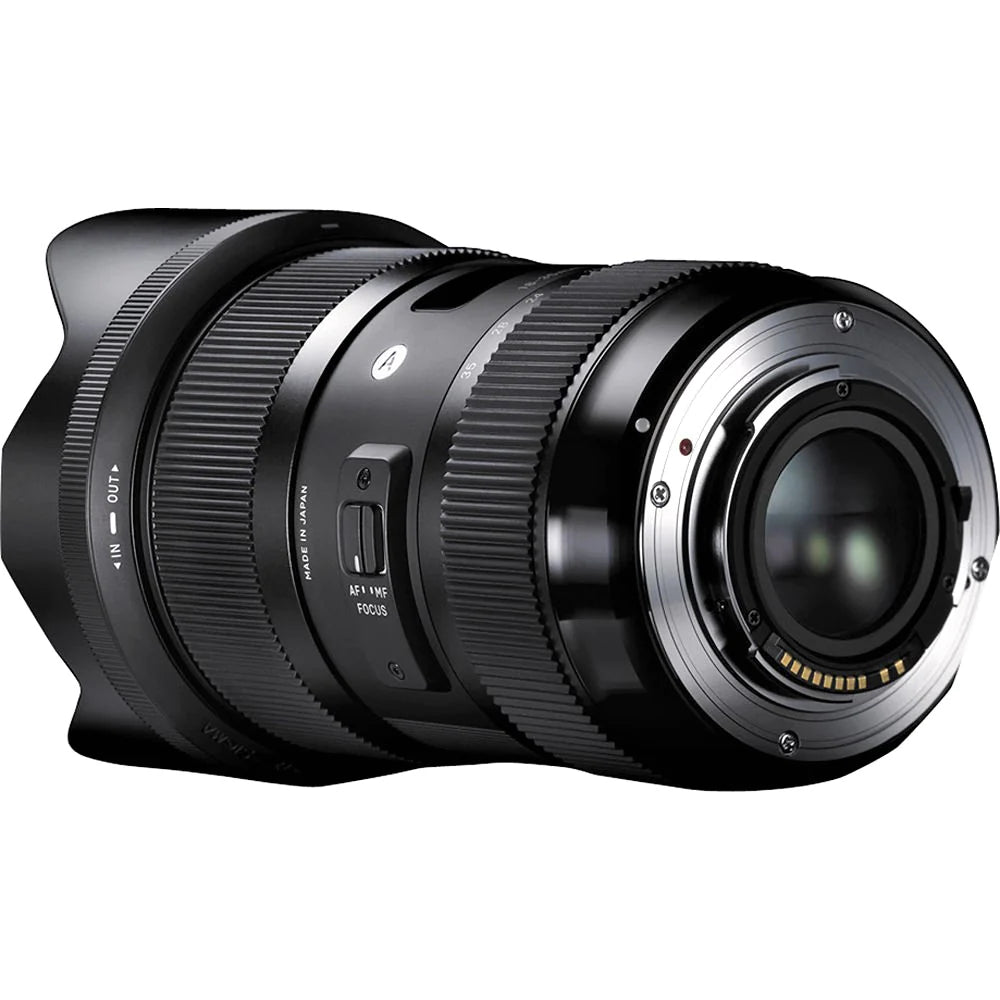Staring into live streaming is like stepping onto a virtual stage. Here, it's not just what you say but how you sound that hooks your audience. Picture this: you've got killer content, but if your audio sounds like you're broadcasting from a wind tunnel, viewers are going to bounce faster than you can say "like and subscribe."
Whether you're just starting out with dreams of streaming stardom or you're a streaming veteran aiming to level up your audio game, snagging the best microphone for your setup is crucial.
Let's be real, the internet's a noisy place, and to cut through the chatter, your voice needs to hit your audience's ears like a warm hug: clear, crisp, and comforting. That's where this guide comes in handy. We're here to sift through the tech jargon and endless options to find the perfect mic that'll make your voice buttery smooth and irresistibly listenable.
From the get-go to the sign-off, we want your voice to be the main character, captivating your audience and keeping them hanging on your every word.
What Is Live Streaming?

Live streaming is a technology that allows you to broadcast video and audio content in real-time over the internet. Unlike traditional video uploads where content is recorded, edited, and then uploaded for viewers to watch at their convenience, live streaming delivers content instantly as it happens.
This immediacy creates a unique, interactive experience between the broadcaster and the audience, making it a powerful tool for entertainment, education, marketing, and social interaction.
How Live Streaming Works

At its core, live streaming involves capturing video and audio signals, compressing them into a digital format, and transmitting them over the internet to a streaming platform or service. Viewers can then access this stream through web browsers, mobile apps, or other streaming devices, watching the event unfold in real time.
The process typically involves the following steps:
- Capture: Video and audio are captured live using cameras, microphones, and other necessary equipment.
- Encode: The captured signals are encoded by a hardware or software encoder, converting them into a suitable digital format for transmission. This step often includes compression to reduce the file size, making it easier to stream over various internet speeds.
- Distribute: The encoded stream is sent to a streaming server or platform, which then distributes it to the intended audience. This can be a public platform like YouTube, Twitch, or Facebook Live, or a private server for restricted viewing.
- Playback: Viewers access the stream through a compatible device and software, allowing them to watch the event as it happens.
The Importance of Live Streaming

Live streaming has gained immense popularity for several reasons:
- Interactivity: It offers real-time interaction between the broadcaster and the audience through chat features, polls, and Q&A sessions, creating a more engaging and personal experience.
- Accessibility: Live streaming makes content accessible to a global audience, removing geographical and physical barriers to attendance.
- Versatility: It can be used for a wide range of applications, from live broadcasting of events, workshops, and conferences to streaming video games, live performances, and personal vlogs.
- Cost-Effectiveness: For event organizers and content creators, live streaming can be a cost-effective alternative to traditional broadcasting, requiring less equipment and infrastructure.
Challenges and Considerations
While live streaming offers numerous benefits, it also comes with challenges. Technical issues such as poor internet connectivity, buffering, and latency can affect the quality of the stream and the viewer's experience.
Additionally, ensuring high-quality audio and video, securing reliable streaming platforms, and protecting against copyright infringement are critical considerations for broadcasters.
The Symphony of Streaming
You're walking into a concert hall, vibes are high, everyone's buzzing with excitement. But then, the music starts, and all you get is a mix of crackles and weird distortions. Total buzzkill, right? Well, that's pretty much what happens when your live streaming setup is crying out for a decent mic.

Think of it this way: in the world of streaming, your voice is like the lead singer, and the microphone? That's your stage.
It's not just about making sure people can hear you. It's about making them feel every word, understand your message, and remember you long after the stream ends. This guide? It's here to be your backstage pass to finding that perfect mic.
One that makes sure your voice isn't just heard but felt, with all the richness, tone, and emotion it's got. Let's dive in and turn your streaming game from "meh" to "wow."
Transitioning into the heart of our discussion, let's discuss the specifics of what makes a microphone not just good, but great for streaming.
Understanding Microphone Types

Before diving into product recommendations, it's crucial to understand the different types of microphones available and how they impact your streaming quality.
- Condenser Microphones: Known for their sensitivity and wide frequency response, condenser microphones are ideal for capturing the nuances of the human voice. They excel in controlled environments where background noise can be minimized.
- Dynamic Microphones: Robust and less sensitive to sound pressure levels, dynamic microphones are the workhorses of the audio world. They're excellent for loud environments, making them a popular choice for gamers and live performers.
- USB vs. XLR Microphones: USB microphones offer plug-and-play convenience and are perfect for beginners, while XLR microphones require an audio interface but provide superior sound quality and flexibility for the serious streamer.
Top Picks For The Best Microphones for Streaming
- The Yeti by Blue: A favorite among streamers, the Yeti offers versatility with its multiple pattern settings (cardioid, bidirectional, omnidirectional, and stereo) and plug-and-play USB convenience. Its crisp, clear audio capture makes it a go-to for podcasters and streamers alike.
- Audio-Technica AT2020USB+: This condenser microphone brings studio-quality audio to your streams with its excellent clarity and durability. Its USB output makes it easy to connect directly to your computer, simplifying your streaming setup.
- Shure SM7B: A dynamic microphone that has gained legendary status among broadcasters and streamers. Known for its smooth, flat, wide-range frequency response appropriate for both music and speech, it's ideal for professional-quality streaming.
- Rode NT-USB: This studio-quality condenser microphone offers exceptional clarity and warmth to your streams. It comes with a pop shield, tripod desk stand, ring mount, storage pouch, and a USB cable, making it a great package for streamers looking for high-quality audio with minimal fuss.
- Elgato Wave 3: Designed specifically with streamers in mind, the Elgato Wave 3 is a USB microphone that boasts a tight cardioid pattern to capture speech with precision. It features a 24-bit analog-to-digital converter, a unique Clipguard technology that automatically reduces sudden volume peaks, and a tap-to-mute sensor for instant privacy.
- Samson G-Track Pro: This versatile USB microphone not only delivers professional-grade audio but also doubles as an audio interface, allowing you to record your voice and instrument at the same time. It features three selectable pickup patterns (cardioid, omnidirectional, bidirectional), making it adaptable for various streaming setups.
- HyperX QuadCast S: With its eye-catching RGB lighting and excellent sound quality, the HyperX QuadCast S is a favorite among gamers and live streamers. It features a built-in shock mount, pop filter, and four selectable polar patterns, offering flexibility and convenience for any streaming scenario.
- Shure MV7: Inspired by the legendary SM7B, the Shure MV7 is a dynamic microphone that offers both USB and XLR outputs, making it a versatile choice for streamers at any level. It's equipped with Voice Isolation Technology, ensuring that your voice cuts through any background noise, and it supports the ShurePlus MOTIV app, allowing for fine-tuned control over your audio settings.
- Audio-Technica AT2035: This XLR microphone is a fantastic option for streamers looking to step up their audio game. It offers a cardioid polar pattern that minimizes sound pickup from the sides and rear, improving isolation of the desired sound source. The AT2035 also comes with a custom shock mount and a protective pouch, providing great value for those looking to enhance their streaming setup.
Choosing the Right Microphone
Picking the right mic from this awesome lineup really boils down to a few key things: where you're planning to stream from, what kind of stuff you're streaming, and how much dough you're willing to drop.

So, if you're the type who's got a super quiet spot to stream from (think, like, library-level quiet), mics such as the Rode NT-USB or the Audio-Technica AT2035 are gonna be your best buds. They're like those friends who hear everything you say, thanks to their sensitivity, which is great for capturing all the nuances of your voice in a calm setting.
Now, if your streaming space is more on the lively side (maybe you've got roommates, live in a busy area, or just can't give up streaming from your kitchen), you'll want a mic that's a bit more laid back about background noise. That's where dynamic mics like the Shure MV7 and the HyperX QuadCast S come into play. They're like the cool, collected friends who focus on you, even if there's a party going on in the background.
For those just dipping their toes into the streaming world, USB mics are like the golden ticket. They're super easy to use—just plug and play. Perfect for when you're not looking to get tangled up in tech.
But if you're feeling a bit more adventurous and are ready to level up (we're talking serious streamer vibes), XLR mics, including the legends like the Shure SM7B and again, the Audio-Technica AT2035, are where it's at. They require a bit more gear to get going, like an audio interface, but the payoff is in the sound quality and the sheer flexibility you get. It's like upgrading from a scooter to a sports car—more investment, but oh, the places you'll go!
So, take a moment to think about your streaming dreams, and choose the mic that feels like the right sidekick for your adventures.
Enhancing Your Audio: Accessories and Setup
To get the most out of your microphone, consider investing in a few key accessories:
- Pop Filter: Reduces plosive sounds that can cause peaks and distortions in your audio.
- Shock Mount: Isolates the microphone from vibrations and handling noise.
- Boom Arm: Allows for flexible positioning of the microphone for optimal sound capture.
Setting up your microphone correctly is just as important as the microphone itself. Ensure it's positioned correctly, usually about a fist's width away from your mouth, and adjust your input levels to avoid peaking or clipping.
Conclusion
Choosing the best microphone for streaming is a journey of understanding your needs, your audience, and the unique qualities of your voice. Whether you opt for the plug-and-play convenience of a USB microphone or the professional flexibility of an XLR setup, remember that your voice is the bridge to your audience.
By investing in the right microphone, you're not just enhancing your audio quality; you're investing in your ability to connect, engage, and leave a lasting impression on your listeners.
As you embark on this journey, remember that the best microphone is the one that suits your specific needs and helps you deliver your message with clarity and confidence. Happy streaming!
Start by exploring our top picks for the best microphones for streaming and discover how the right microphone can transform your content. Your audience awaits your voice, clearer and more captivating than ever before.
Visit Nuzira to learn more about streaming and join our Discord channel!






